Let's Get Maths Moving! Part 1
Remember the days of emotionless chanting along to the times tables? One seven is seven, two sevens are fourteen, three sevens are Zzzzz…
Thankfully, those days are gone! And I’m here to help you get your maths moving, with a shake, and a shout, and even a bit of a boogie!
Check out my tried and tested activity suggestions below. And don’t miss out on the developments for different key stages.
1. Shake, shout and action!
Everyone stands in a circle.
Altogether, everyone shakes their hands in front of them whilst counting 1 - 10. A nice, slow pace to start.
Announce that the next time you perform it, number 5 is now silent, but replaced with a clap instead: 1, 2, 3, 4, CLAP, 6, 7, 8, 9, 10. (Remember, everyone still shakes their hands in front of them for the spoken numbers!)
Practice slowly, and repeat once or twice where necessary.
Developments
EYFS: This might be enough. You might like to use this as a maths warmer or intro to maths time and omit a different number each session/day of the week.
KS1: Add another action. Choose a different number and a different action E.g. 2 becomes a jump. And add it into your sequence: 1, JUMP, 3, 4, CLAP, 6, 7, 8, 9, 10. Repeat a few times, getting faster. (Remembering to keep shaking your hands for the spoken numbers!)
KS1 & KS2: Allow students to pick a number and choose the action. (I often have one student choose a number, and another choose an action.) This is where the fun really starts. I’ve had sequences end up something like this: 1, HANDS ON HEAD, JUMP, 4, CLAP, SIT DOWN, STAND UP, 8, KICK, WIGGLE! There’s certainly lots of fun to be had. You can also test your students at the end asking What action was number 7? Number 2? Etc.
Added bonus: Do it backwards!
KS2: So, while the chanting and actions themselves might take a little bit of getting used to, counting to 1-10 is sure to be fairly easy for KS2 students. So, why not spice it up a bit by chanting some difficult times tables? Or even some specific terminology? Or spelling out a new mathematical term. “Division” D, I, V, I, CLAP, I, O, N.
This activity is great because it is so adaptable. Anything you can chant and shake your hands along to works!
2. Dancing shapes in the Sky
Everyone in their own space.
Using their index finger, can students draw a square in the sky in front of them? Can they draw a circle? A diamond? A rectangle? An octagon? A hendecagon? (Show offs!)
Can they draw these shapes with their elbow? Their nose? Their knee?
After exploring shapes with their various body parts, have one child draw a shape with a body part other than their finger and have other children see if they can guess which shape it is. (Older students could take this in turn in pairs.)
Developments
EYFS: After exploring shapes with their various body parts, have one child draw a shape with a body part other than their finger and have other children see if they can guess which shape it is. (More able students could take this in turns in pairs.)
KS1: Make a class shape dance. Set a sequence of shapes they know: square, circle, triangle, rectangle. Keeping this sequence in the same order perform it altogether with your finger, then your nose, then your elbow - or whichever body parts are most fun for you! Set it to music, and perform!
Lower KS2: Demonstrate the KS1 development to your class first. Then ask pairs to make their own.
1. Choose a sequence of four shapes.
2. Stick to it!
3. Perform the whole sequence twice. Using a different body part each time. (Can they perform it four times, with four body parts?)
Upper KS2: Divide the class into groups. Each group is to make a four-shape movement sequence but utilising these dance principles to make for a more dynamic piece:
Everybody performing the same shape using a different body part
Everybody using the same body part but to draw a different shape
Which shapes and principles can the rest of the class identify?
This blog is part of the Let’s Get Maths Moving blog series. Be sure to watch this space for more activities in parts 2 and 3!
- Sarah

